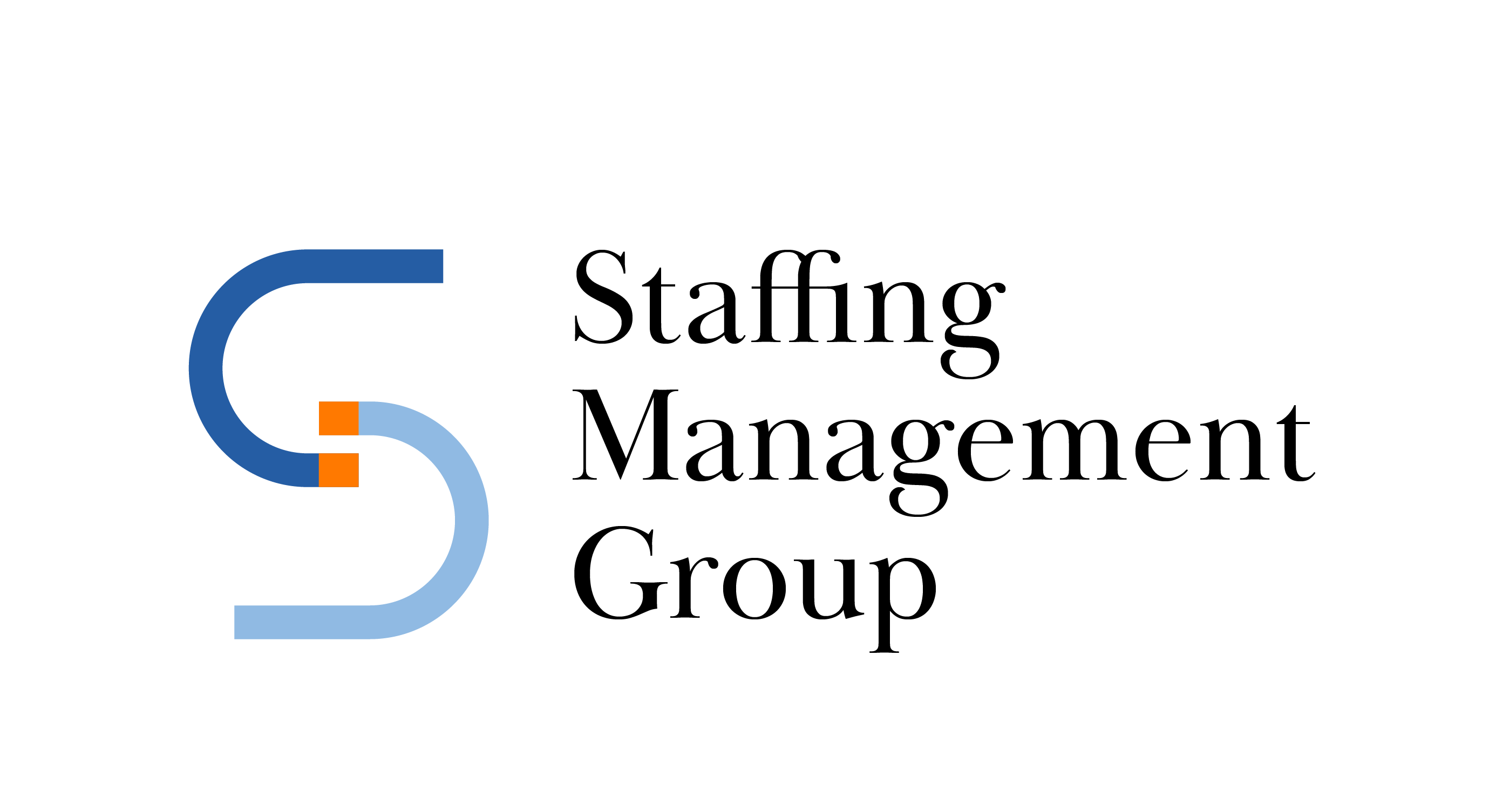Navigating U.S. Employment Models: W-2, 1099, and Corp-to-Corp Explained for HR Professionals

As HR professionals, we understand that the backbone of any successful organization lies in its people. In the U.S., the employment landscape is multifaceted, with various worker arrangements tailored to meet diverse business needs. The W-2 employment model, named after the tax form employees fill out, refers to permanent workers or contractors who are compensated on an hourly or salaried basis. Employers in W-2 arrangements bear the responsibility for employment taxes, insurance, benefits, paid sick leave, and full compliance with state employment laws. However, within the staffing industry, two other popular contingent worker models—1099 independent contractors and Corp-to-Corp (C2C) workers—play significant roles. While these models are often employed for project-based or specialized roles, they each carry unique legal, financial, and compliance nuances that staffing agencies must navigate. Understanding these distinctions is crucial for mitigating risks, ensuring compliance, and delivering exceptional value to both clients and workers.
1099 Independent Contractors
A 1099 worker is a self-employed individual who contracts their services directly to a business. These contractors fall under the IRS Form 1099-NEC, used for reporting non-employee compensation.
Key Attributes of 1099 Workers
- Independent Engagement: These workers deliver their services directly to clients or staffing agencies without the framework of a corporate entity.
- Self-Employment Responsibilities: They manage their own taxes, including self-employment tax for Social Security and Medicare.
- Absence of Traditional Benefits: Companies do not provide health insurance, paid leave, or retirement contributions to these workers.
- Flexibility with Compliance Risks: Businesses must carefully adhere to IRS guidelines to ensure these workers are correctly classified to avoid misclassification penalties.
Typical Scenarios
- Freelancers and Gig Workers: Individuals offering their services independently.
- Specialized Professionals: Experts in fields such as IT consulting or design, providing high-skill, short-term services.
Corp-to-Corp (C2C) Workers
Corp-to-Corp (C2C) arrangements establish a business-to-business (B2B) relationship, wherein a worker either runs their own corporation (such as an LLC or S-Corp) or is employed by a third-party corporation. In these scenarios, the staffing agency contracts with the worker’s business entity, rather than the individual worker directly.
Key Attributes of C2C Workers
- Entity-to-Entity Agreement: This setup transfers liability and compliance responsibilities to the contracting corporations.
- Tax Responsibilities Managed by Worker’s Corporation: The worker’s corporation takes care of payroll taxes, benefits, and other employer obligations.
- Enhanced Legal Protections for Businesses: The risk of worker misclassification is significantly reduced since the worker is legally considered an employee of their own entity.
- Increased Administrative Complexity: It’s crucial for businesses to verify the legitimacy of the worker’s corporation and ensure compliance with applicable laws.
Typical Scenarios
- IT Contractors with Their Own LLCs: IT professionals operating through their personal business entities.
- Consultants Employed by Staffing Firms or Employer of Record (EOR) Platforms: Professionals hired through third-party entities for their expertise.
Compliance Risks for Staffing Agencies
1099 Risks: Misclassifying a worker as a 1099 independent contractor when they should be classified as an employee can lead to significant penalties, back taxes, and potential lawsuits. Agencies must carefully evaluate the degree of control they exert over the worker’s tasks, hours, and tools to ensure proper classification. Partnering with an Employer of Record (EOR) can help manage the classification process and mitigate employment risks.
C2C Risks: While Corp-to-Corp (C2C) arrangements reduce the risk of worker misclassification, they present unique challenges:
- Legitimacy Verification: Ensuring that the worker’s corporation is a legitimate entity and not a sole proprietorship incorrectly claiming corporate status.
- Contractual Precision: Conducting due diligence to clearly define the scope of services, liability, and termination clauses in the contract.
How to Manage These Worker Types
Staffing agencies can navigate 1099 and C2C arrangements more effectively by implementing the following strategies:
- Utilize an Employer of Record (EOR): Partner with an EOR to handle payroll, compliance, and benefits administration for both 1099 and C2C workers.
- Implement Rigorous Vetting Processes: Verify the independence of 1099 workers and ensure the legal and tax compliance of C2C corporations.
- Educate Clients: Provide clients with a clear understanding of the advantages and risks associated with engaging 1099 versus C2C workers.
- Leverage Technology: Employ modern workforce management platforms to streamline compliance checks, payroll, and reporting processes.
Conclusion
As HR professionals, our role extends beyond merely hiring and managing employees; we are stewards of compliance, risk management, and strategic workforce planning. The complexity of the U.S. employment landscape necessitates a nuanced understanding of various worker arrangements—each with its own set of legal, financial, and operational implications.
The W-2 employment model remains foundational, ensuring workers receive comprehensive benefits and legal protections. However, the growing prevalence of 1099 independent contractors and Corp-to-Corp (C2C) workers requires staffing agencies to be vigilant and adaptable. Misclassification risks, while daunting, can be effectively managed through rigorous vetting processes, strategic partnerships with Employers of Record (EORs), and leveraging advanced technology solutions.
By comprehensively understanding and navigating these worker models, HR professionals can not only mitigate risks but also enhance operational efficiency and deliver exceptional value to clients. The key to success lies in a proactive approach—educating clients, ensuring strict compliance, and continuously adapting to the evolving legal landscape. In doing so, we uphold the integrity of our profession and contribute to the sustainable growth of our organizations.
Together, let’s continue to promote excellence in workforce management, ensuring that businesses and workers thrive in a dynamic and complex employment environment. Contact us today to see how we can help you.
